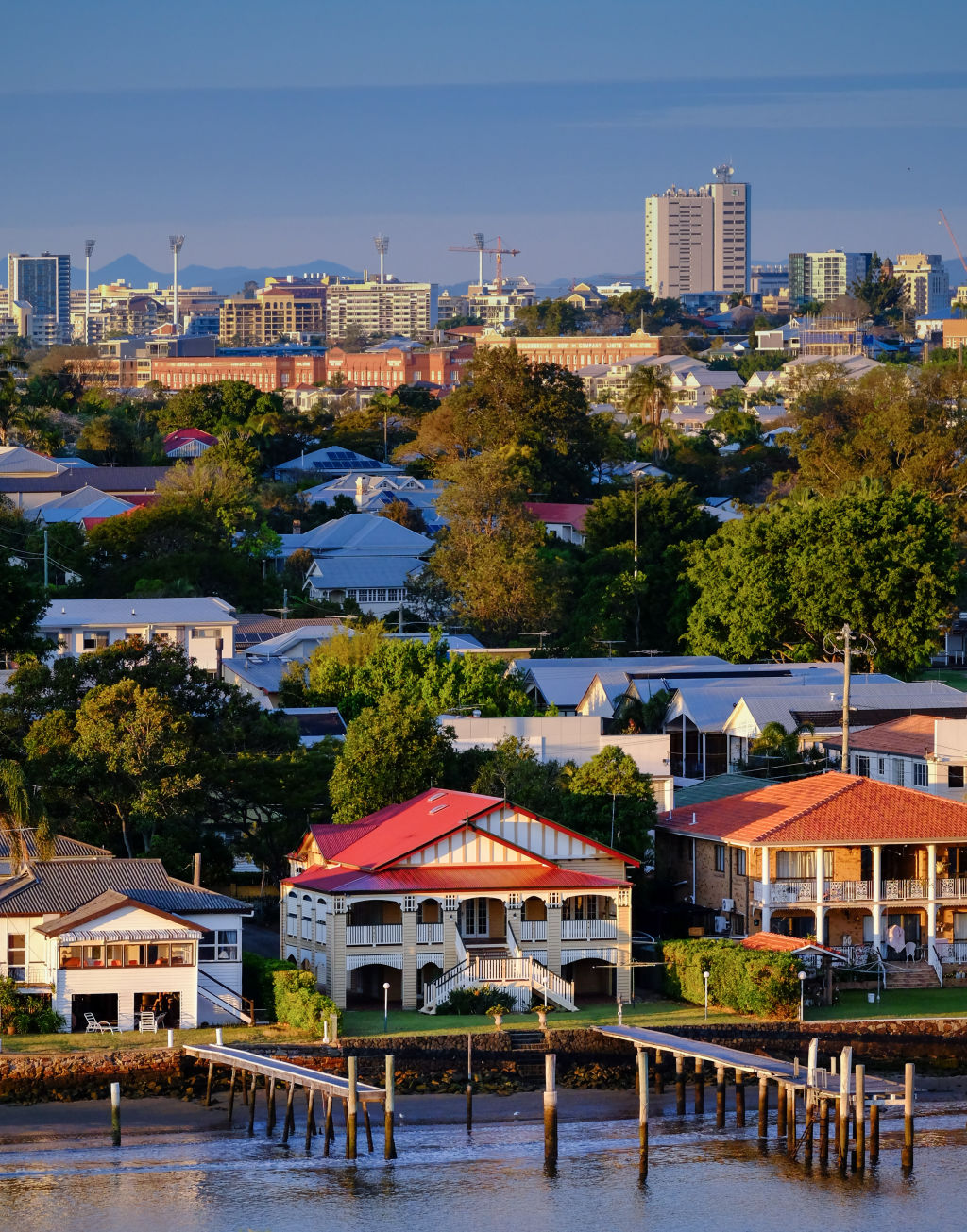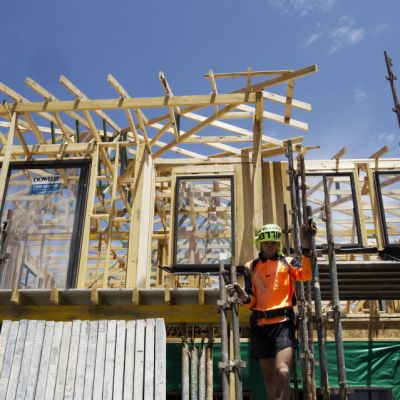The number of new homes being built crashes to below 1980's disaster level
The number of new homes being built has crunched to a 40-year low, as the supply stranglehold tightens despite political pledges to fix the calamity.
Experts have called the lack of dwellings in the pipeline a “social and economic disaster”, with Australia’s population doubling since the 1980’s but the number of homes rubberstamped for construction in February crashing below the 80’s monthly average.
Building approvals for February 2024 came in at 12,407, compared to the 1980’s monthly average of 12,736, ABS data reveals. Year-long figures are also down.
Over the year to February, high-density approvals dropped by 1.9 per cent, to 163,100 – the lowest in 11 years for this type of housing, according to industry body Master Builders Australia. High density builds are units, apartments, townhouses and duplexes.
This is despite government intention for more density to meet crisis levels of rolling demand, which is driving up prices and keeping rental supply tight. In 2023 more than one million migrants arrived in Australia.

ABS figures show an uptick in the rate of detached, standalone house builds in February, but that is not what at least one government has been aiming for. However, the slip in high-density builds – which results in the volume required to address the problem – dragged the number down.
To keep pace with the Albanese government’s Housing Accord, output needs to increase by 48 per cent, Master Builders Australia chief economist Shane Garrett said.
Daniel Wild, deputy executive director of the Institute of Public Affairs, took aim at the figures.
“ABS data confirms yet again the economic and social disaster awaiting Australia, due to out-of-control and record migration intakes and plummeting building approvals, which have crashed to 1980s levels,” he said in a statement.
“(The) ABS data is yet another warning to Canberra of the real-world consequences of record levels of migration without a plan on how to house new arrivals. Australians, and new arrivals alike, cannot afford to buy a home and rent prices are unsustainable for family budgets.

“Despite repeated warnings, the federal government continues to push the accelerator on migration at the exact same time as the brakes are being slammed on housing approvals. We are setting ourselves up for a disaster.”
The ABS numbers set a sluggish pace leading into the start of national Housing Accord, which aims to build 1.2 million homes over five years, beginning in mid-2024.
To reach this target, 240,000 new homes annually need to be built, Garrett said in a statement.
IPA stats shows 2023 was the first year that more than one million people migrated to Australia.
The figures also fly against New South Wales’ government plans to force councils to increase the number of homes in key zones.
The Minns state government has flagged it will be compelling councils who have been iron-fisted in their control of low-density developments to swiftly approve more duplex and terrace building applications, to boost housing stock.
“There was considerable variation within the figures: detached house approvals recorded a decent gain of 10.5 per cent during the month. However, this was undone by higher density approvals plummeting by 20.8 per cent,” Garrett said.
“Over the year to February, just 163,100 new homes received approval across Australia – the lowest in 11 years.
“This stands in stark contrast to the annual target of 240,000 new homes under the National Housing Accord.
“For us to achieve this calibre of housing output, approvals would need to increase by 48 per cent on current levels,” Mr Garrett said.
We thought you might like
States
Capital Cities
Capital Cities - Rentals
Popular Areas
Allhomes
More










